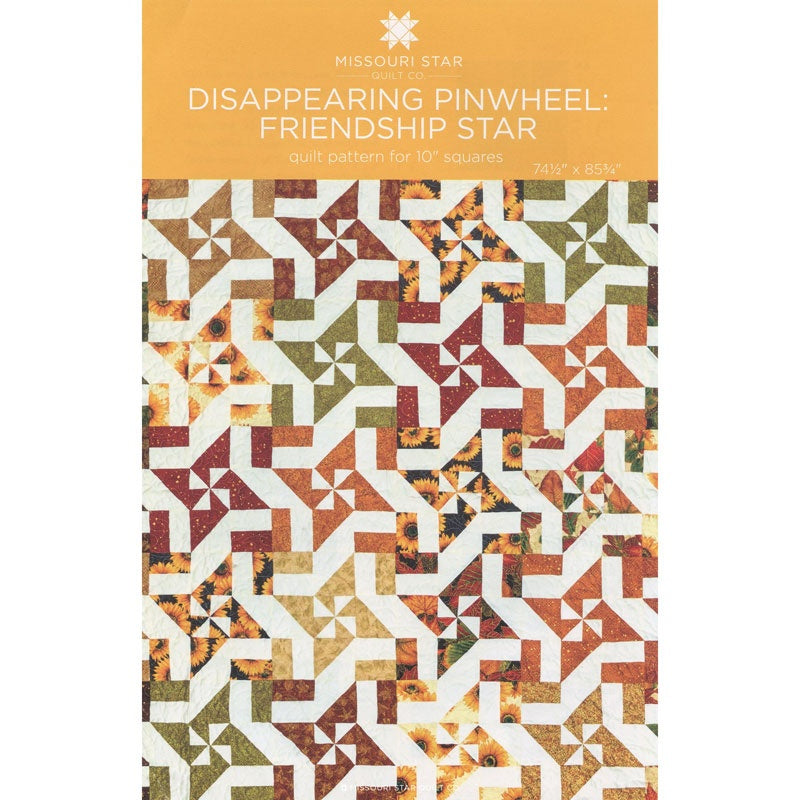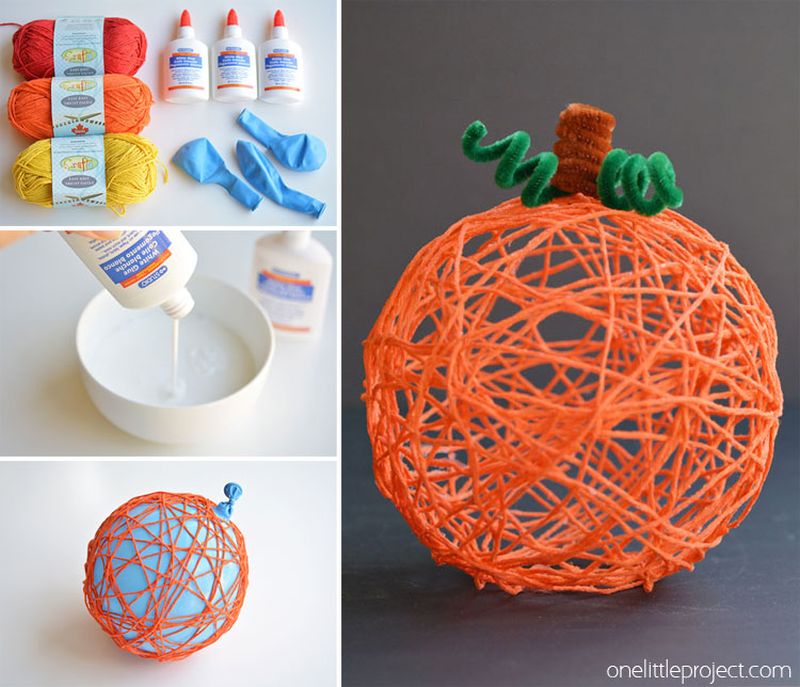
The techniques of turning and wrapping can be useful whether you are making a hat. This two-step process connects 2 stitches. It is commonly used to shape accessories like gloves and hats. This tutorial will guide you through the steps of this useful knitting technique.
While it may not be the most easy thing to do wrapping and turning can be quite satisfying. This technique can be used for a slimmer appearance of your socks and to add some bustle to a scarf or shawl. This technique allows you to join rows without creating a hole. It's also a good idea to practice on scrap yarn to get a feel for the technique.

Wrap and turn, a two step process, starts with the knitted wrap. Then comes the purled turn. You might need to do either one or the other depending on your pattern. The knitted wrap is often a small bar across the bottom of a stitch that sits on your left needle. A stitch marker is a great idea for marking this area. This will make it easier to place it on the right needle later.
The knitted wrap should fit snugly. Also, the wrap is knit along the stitch when it comes up again in the pattern. While knitting the wrap, you will need to hold your yarn in place. This will be evident by the end result which will be longer than the starting stitch. Sometimes, you might see a little loop at the end.
The trick's purl counterpart is similar but requires you to move the working yarn onto the other side. The purl side of the wrap and turn should be on your right. This is possible, but it may not be as easy as you think. This is done by wrapping the wrap around the purl side and raising it off your left needle. You will then need to insert the tip end of your right hand needle into the wrap. For the yarn to pass through, it may be necessary to slip your needle into the wrapping stitch.
Try out patterns to learn how to do it. Many patterns have instructions for wrapping and turning. These instructions are short and sweet, which is the best part. You can also try knitting a row of short rows to get a feel for the technique. These can be very helpful if you are trying to join rows of knit stitches without making a hole in the work. They can also be used to help you identify the trickier stitches.

You should also learn how to knit short rows before you begin a larger project. These are a fun, easy way to join rows without creating a large hole in your work.
FAQ
Can I make a living from my hobby and earn money?
You can have many hobbies that lead to extra income.
If your hobby is a passion, you may be able to sell related items.
If you are a stamp collector, you might want to start a website that sells rare stamps.
This will allow you to earn additional income without having go through the hassles of buying and selling stamps.
Another option is to start a YouTube channel in which you discuss your hobby.
This allows for you to share your passions with others and can potentially generate additional income by providing premium content.
Where can I find free resources to learn more about hobbies?
There are many websites that help people find new hobbies.
These are our top picks:
www.trythisathome.com - This site provides a list of over 100 different hobbies. You can also find information about how to start each hobby.
www.hobbyfinders.org - This site offers a database of thousands of activities that you can search by interest, skill level, location, and more.
www.indiebazaar.co.uk - IndieBazaar is an online marketplace designed specifically for independent artists and musicians. You will find hundreds of products that range from artwork to music gear on the site.
www.pinterest.com/explore/hobbies - Pinterest is a social media network that lets users "pin" images they find interesting onto their boards. Users can create boards to group things that they like into certain categories.
www.reddit.com/r/Hobbies Reddit is another social networking platform that allows users to link to articles, videos or other content. Voting is available for users to choose the most valuable posts.
What are competitive hobbies?
Competitive sports include running, swimming, cycling, golfing, tennis, etc.
These games are often played by people who enjoy exercise but also offer the opportunity to interact with others.
You'll likely find others who are interested in your hobby if it involves physical activity.
This could mean joining a club, or group that meets regularly to do sports together.
You might also choose to participate in team games involving playing alongside others.
These include football (soccer), cricket, rugby, netball, basketball, hockey, baseball, volleyball, badminton, squash, handball, and table tennis.
There are many types competition.
Some competitions are organized for purely recreational purposes.
Others are used to assess competitors' abilities.
Some are even designed to reward outstanding performance.
In these cases, the winners receive prizes.
Other competitions test strength and endurance.
These are called endurance events.
For example, marathon races, triathlons, Ironman Triathlon, etc.
Before competing in these events, athletes train hard.
They will follow a strict training program to prepare themselves mentally and physically.
They might also need to be away from their homes during preparation.
It's important to remember that not all athletes compete in every type of event.
Statistics
- Studies show that just six minutes of reading can reduce stress levels by 60 percent. (oberlo.com)
- Much of this decline reflects the fact that teens are less likely to work today than in the past; among employed teens, the amount of time spent working is not much different now than it was around 2005. (pewresearch.org)
- The Role of the Mind in Sex, Dating, and Love: Men in the “humor” condition received phone numbers from 42.9% of the female participants and were refused 57.1% of the time. (time.com)
- This 100% accurate personality-analyzing hobby quiz discovers your passion based on your characteristics. (quizexpo.com)
- A new survey by Pew Research Center of teens ages 13 to 17 finds that 36% of girls feel tense or nervous about their day every day; 23% of boys say the same. (pewresearch.org)
External Links
How To
How to learn a music instrument
If you want to learn how to play music, there are many ways to do so. You could attend a school, read a book, get lessons from someone who plays a musical instrument, or look at videos online. Here are some tricks and tips to help you find your way.
-
Find something that interests or appeals to you. If you don’t like any of these instruments, you can always try another. It would be hard to get into playing an instrument if you don't enjoy doing it.
-
Be patient. Learning something new takes time. It is unrealistic to expect to know everything instantly. Instead, continue to practice each day.
-
Regular practice is important. Do this even when you feel tired. This will help you remember what you've learned.
-
Pick a place where you can practice. You want to be in a place where you are not disturbed by others. Be sure to not distract others. It is best to avoid listening to loud music nearby.
-
Have fun. Music should be enjoyed. So make sure that you always have fun while practicing. Being happy will inspire you to keep practicing.
-
Set goals. Setting goals will help you to know exactly what your goal is. There is no excuse for failure.
-
Keep track of your progress. List all of your successes as well as your failures. This will help you to improve your performance over time.
-
Take breaks. Sometimes you just need to take a break. Taking breaks can give you the time to think.
-
Ask questions. Ask questions. They may be in a position to assist.
-
Listening is the best way of learning. Musicians often listen to music they like and try to imitate it. This allows them to grasp the basic concepts of the song.
-
Read books. Lessons learned from books are more valuable than videos and classes. Books also contain information that you cannot find elsewhere.
-
Join a group. Playing with others will force you to practice more. Plus, you'll meet people with the same interests as you.
-
View tutorials. Tutorials are short videos that explain various topics in great detail. These videos typically focus on one aspect of the instrument. Tutorials can help you understand complex parts of your instrument.
-
Different methods are possible. Some prefer to learn by listening, while others prefer reading. Try different methods until you find the one that works for you.
-
Practice makes perfect. Nobody becomes an expert overnight. You must work hard to become proficient enough to do well.
-
You can learn from other musicians. Listening to your fellow musicians perform their favourite songs can help you learn quicker.